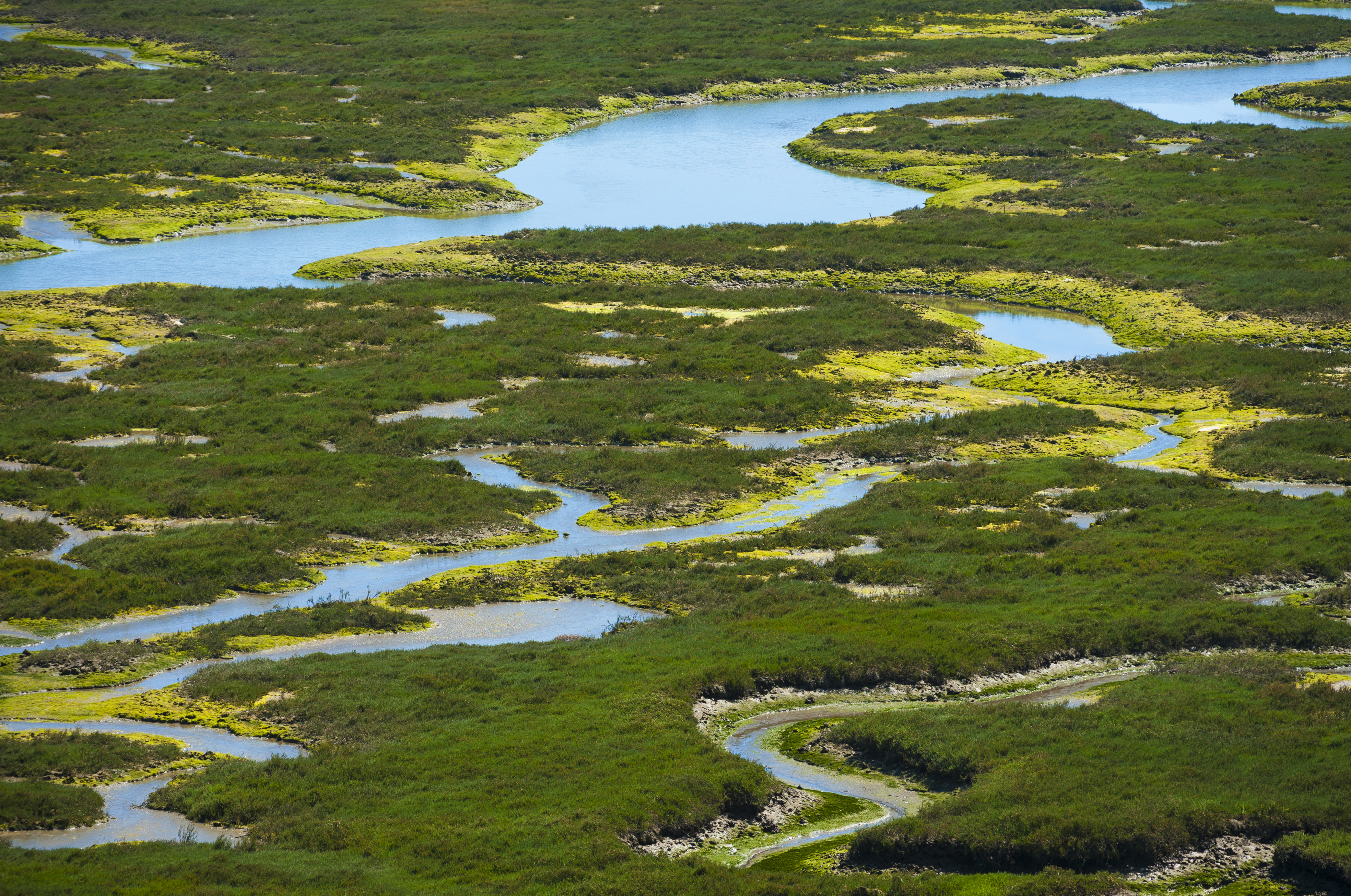The Conservation Reserve Program : A Win-Win for Land Owners & Conservation
By Jason Syens, Realtor-Realtree Land Pro, United Country Real Estate | Midwest Lifestyle Properties in WisconsinJuly 07, 2020

The Conservation Reserve Program (CRP) had its genesis within the Food Security Act of 1985. CRP offers a 10 to 15-year contract between the USDA and eligible land owners. The program provides a payment to the owner for enrolling the land in the program. The program’s objective is to take land that may be less productive, or land that is environmentally compromised and give it a natural makeover.
<p>The Conservation Reserve Program (CRP) had its
genesis within the Food Security Act of 1985. CRP offers a 10 to 15-year
contract between the USDA and eligible land owners. The program provides a
payment to the owner for enrolling the land in the program. The program’s
objective is to take land that may be less productive, or land that is
environmentally compromised and give it a natural makeover.
<p><b>These objectives make the CRP program a
win-win for land owners and conservation.
<p>If you are thinking about buying land or you
currently own unproductive or compromised land, CRP would be an excellent
option to consider. CRP is a win for the landowner in four ways:</p>
<ul>
It takes unproductive/compromised land out of production, erosion reduction
Allows the land owner to develop wildlife habitats
Air quality benefit
Provides a higher rate of return on less productive marginal crop land
Provides a source of cash flow
<p>Getting off to a good conservational start will not
only benefit your land now, but also in the future.
<h2><b>The Basics of a CRP</b></h2>
<p>This contract basically pays the land owner to give
rest to and return cropland to its natural state. During this 10 to 15-year
period, land owners cultivate a supportive habitat through the planting of
trees, grasses, wildflowers, and other complimentary plant life. All for the
benefit of the environment and wildlife.
<p>According to a Ducks Unlimited article about CRP,
“The Conservation Reserve Program (CRP) was established in the 1985 Farm Bill
and has been reauthorized in every farm bill since. No program in history has
done more for landscape-level conservation of soil, water and wildlife habitat
on farmland, while offering producers a significant and stable source of
income.”
<h2><b>First Steps</b></h2>
<p>Now that you have a basic understanding of CRP, your
next step is to call your local USDA office. By clicking on this USDA link, it
will guide you to a United States map where you can click on the state you
reside in.
<p>From there you will see on your left hand a
“Related Topics” slide down and click on “County Offices”, this will lead you
to a map of counties in your state. Find your county and click on it.
<p>Once you have clicked on your county, you will be
given your local FSA service center address, phone, and the name of the County
Executive Director. You’ll want to get in touch with the district
conservationist.
<p>In the meantime, check out this <a href=https://www.fsa.usda.gov/Assets/USDA-FSA-Public/usdafiles/Conservation/PDF/FSA-ContinuousCRP-Factsheet%20-%20SU52.pdf>article from
the USDA</a> to learn more as well as going the
National Sustainable Agriculture Coalition website for more information.
<h2><b>What To Expect</b></h2>
<p>Generally, your phone call will get you an
appointment with the district conservationist. At that point you will review
the land you own and acres you wish to put into CRP.
<p>Your conservationist will have you fill out an
application and go over the many programs that are available. You can also
check out some of the many <a href=https://www.benefits.gov/benefit/340#:~:text=The%20Conservation%20Reserve%20Program%20(CRP,that%20will%20improve%20environmental%20quality.>programs
initiatives</a> that are available.
<p>Like previously mentioned, The CRP program is a
win-win for land owners and conservation. With its many CRP initiatives to
choose from, there is certainly something that will compliment your land
ownership objectives.</p>
